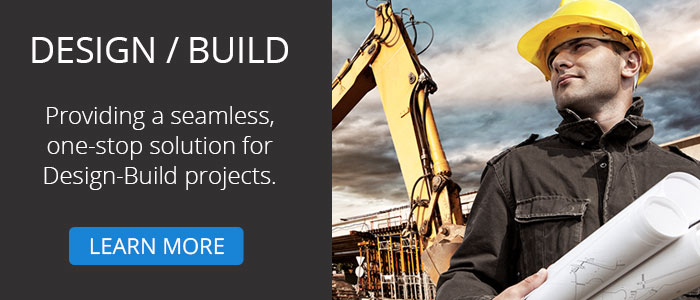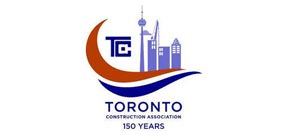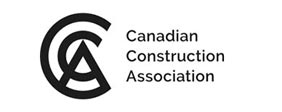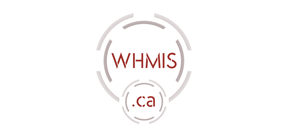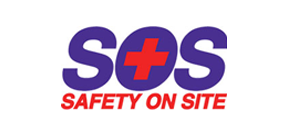
How Technology is Strategically Changing Workplace Design
After 200 years of traditional desk and chairs, we’re witnessing dramatic changes in the office. Here are five ways in which workplace design is changing the modern office.
Technology has changed several products and services as we know it, but it comes as no surprise it’s changing the workplace design too. In fact, technology is changing the shape and size of office space to accommodate a “new era” of how people work.
Office Equipment
In the traditional era of workplace design, fax machines and typewriters were integrated throughout every office, but today Wi-Fi has made way for remote work and co-working space. The internet is a staple in almost every office. In fact, work can be performed from anywhere with a mere click of a mouse or mobile device.
What does this mean for current office design? The workplace design model is becoming interconnected and no longer tied down to one location, but rather employees are able to work from many areas. In short, this means businesses are now able to combine portability and connectivity into their office design. For example, technological office resources like teleconferencing makes it easy to communicate with your top employees from anywhere.
Flexibility Has Created Opportunity
According to Workplace Insight, there is a 70 percent occupancy of businesses with at least 200 employees which means an estimated 60 workstations are not being used. If you’re not sure if this applies to your workplace design, take a look around. Is at least 50 percent of your workstations not being used? Once you know your occupancy rates it can be applied in the following ways:
- reduce office space
- reduce property costs
- rent out office space
- redesign the space to improve staff retention
- increase your staff to occupy the space
Secured Offices
Your security is one of the top features in your office design. It’s important to keep you and your employees safe and technology has been a key element in keeping your business secure. Office technology features like face recognition will continue to be a part of office design says; Forbes. Thus, how offices are designed for your employees to enter and exit must adapt to technology. In fact, fingerprint recognition is also being included into the workplace design to add an additional layer of security.
Productivity
It’s no secret, your business wants to focus on productivity to keep your employees engaged and enhance the employee experience while improving your ROI. Today, technology is allowing businesses to include productivity as a part of their office design. The right technology tools are giving employees an opportunity to stay ahead of their goals as well as the competition. For instance, automation tools are changing the time it takes to complete day-to-day task allowing more functionality in the workplace. Efficiency and productivity built into the workplace design allows employees to focus on creativity and precision which improves your businesses bottom line. Businesses can expect a much faster result in regards to office related task with new office designed based on evolving technology.
Effective Cost Management
The more technology features are being added into the workplace design the more businesses are able to save money. As your business strives to increase profitability, technology is being built into the modern day workplace design to improve your finances, cut back on wasted time, and hone in on profitable tasks. More importantly, a productive workplace is a profitable one. The current workplace design is encouraging your employees to be productive and optimize the time being spent on office related tasks.
If you’re interested in office design compatible with the surge in technology, contact us to discuss your workplace design goals today! At the Antham Group, we’re your one-stop design-build contractors.
Recent Posts

Want to Reduce Noise in the Office? Improve Your Acoustics

6 Of The Most Common Office Design Mistakes You’ll Want To Avoid

The Benefits and Drawbacks of Open Ceilings

3 MORE Upcoming Interior Design Concepts for the Office Space

Tips From a Commercial Contractor: The 5 Most Common Complaints About Office Design

